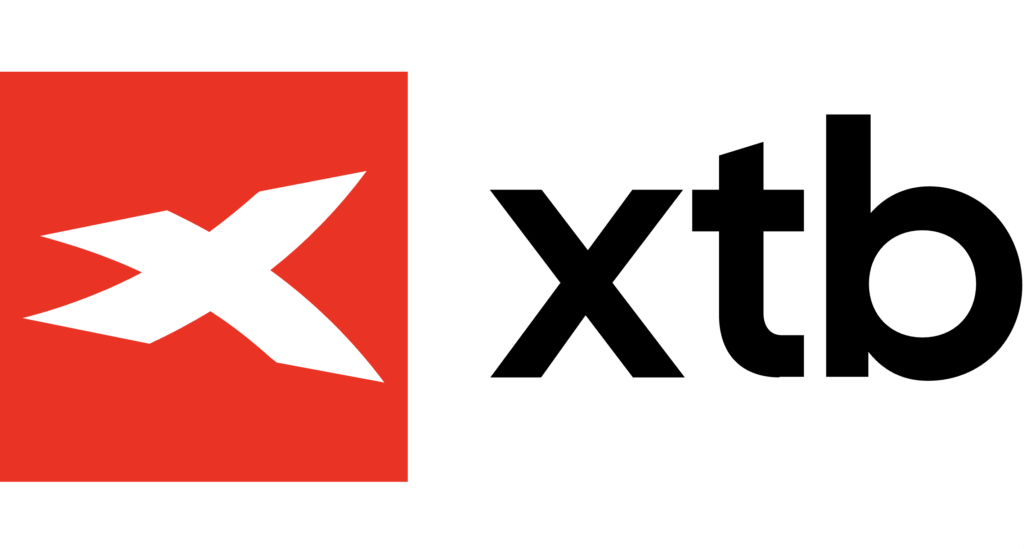The history of cryptocurrencies is also the history of Bitcoin. Bitcoin was the first digital currency ever and is still by far the best-known crypto coin worldwide. The first idea of a digital currency based on cryptography dates back to the end of the last millennium, namely to 1998. At that time, Nick Szabo published his ideas on a purely digital currency and spoke in this context of “bit gold”.
The CoinPro.Ch Provider Test – the Best Options for Buying, Trading and Trading Cryptocurrencies
Provider
Result
Bitvavo, one of the leading exchanges from Europe (Netherlands) with a large selection of cryptocurrencies. PayPal deposit possible. For a limited time only: 10 Euro bonus when you sign up via CoinPro.ch
Trade many different cryptocurrencies without a wallet with our CFD broker test winner Plus500 - 7 days a week.
Regulated provider from Austria - specializing in trading Bitcoin, Ethereum, stocks and many other assets.
CFDs and real stocks in a trading platform with free deposits and no conditions - that's XTB.
OKX is one of the largest crypto exchanges in the world and combines numerous functions such as a wallet, staking, futures, margin, and spot trading in a single platform.
With several hundred thousand customers worldwide, Binance is one of the top 10 largest and most well-known exchanges. The use of the exchange is free of charge, with fees only applying to the purchase and exchange of cryptocurrencies.
CFDs are complex instruments and, due to leverage, carry the high risk of losing money quickly. Between 74-89% of retail investor accounts lose money when trading CFDs. You should consider whether you understand how CFDs work and whether you can afford to take the high risk of losing your money.
It then took another ten years before the aforementioned Satoshi Nakamoto developed the first concept for Bitcoin as a digital currency. The Bitcoin network itself started a year later, in 2009. In January of that year, the first 50 Bitcoins were mined through so-called mining. At that time, nobody could have guessed what enormous increases in value there would be in the future with Bitcoin alone, because a coin was then worth the equivalent of less than a Rappen.
Further Cryptocurrency Two Years after the Introduction of Bitcoin
After the introduction of Bitcoin, it took another two years until Litecoin, another cryptocurrency, was developed. In total, there were hardly more than ten digital currencies until 2014, but the “hype” only slowly started to pick up from 2015 onwards. The historically earliest digital currencies with the respective year of publication included:
Currently, there are now more than 850 different cryptocurrencies and it can be assumed that the 1,000 cryptocurrency mark will be exceeded in a few months. Even though many currencies have disappeared again in recent months.
The Historical Development of the Bitcoin Course
The history of Bitcoin is still representative of the history of cryptocurrencies as such. Therefore, a look at the history of digital currencies definitely includes a look at the price development that Bitcoin has undergone in the past eight years. In the first year, i.e. 2009, there was no value ratio to a known central bank currency, i.e. not to the Swiss franc either. It was not until 2010 that some market participants began to put Bitcoin into a value relationship with the US dollar for the first time. Between 2010 and 2013, a Bitcoin – with the exception of brief intermediate jumps – was rarely worth more than one dollar or the equivalent of one franc.
However, there was a real price explosion in 2014, when Bitcoin first exceeded the equivalent of 1,000 francs. However, the value fell relatively quickly again to below 500 francs. A Bitcoin did not sustainably exceed the mark of 1,000 dollars or francs until the beginning of January this year (2017). Then it went steeply upwards again at the end of 2018 and a single Bitcoin had a counter value of almost 20,000 Swiss francs. The value of a Bitcoin that you can trade on a Cryptocoin exchange has therefore almost increased tenfold this year. For example, if you had bought Bitcoins for just 100 francs 5 years ago, i.e. 2012, you would be a multi-millionaire in francs today.
In 2018, the price adjusted again and fell to around 4,000 francs at the end of the year. At the moment, the price fluctuates between 3,000 and 4,000 francs.
Development of Bitcoin from 2019
As mentioned earlier, the price of Bitcoin at the end of 2018 was around 3,800 francs. In the next few months, i.e. in the 1st and 2nd quarter of 2019, there was an enormous price increase. By mid-2019, the price of Bitcoin rose to over 12,000 francs at its peak. The highest price was recorded in mid-June at just over 12,500 francs per Bitcoin. At the end of last year (2019), however, Bitcoin closed significantly lower again with a price of less than 7,500 francs.
Nevertheless, there was a considerable plus over the course of the year, because from around 3,800 to just under 7,500 francs at the end of the year, the price almost doubled within twelve months. The current development is such that Bitcoin has risen significantly again since the beginning of the year (as of the end of February 2020). It currently amounts to just under 10,000 francs. The year 2020 will certainly be exciting. Will there be a considerable up and down of the courses again, as often in history? Or is a more long-term uniform direction perhaps recognizable? It will be exciting to see how the history of cryptocurrencies continues.
You want to own Bitcoins yourself? Here we explain how it works.






